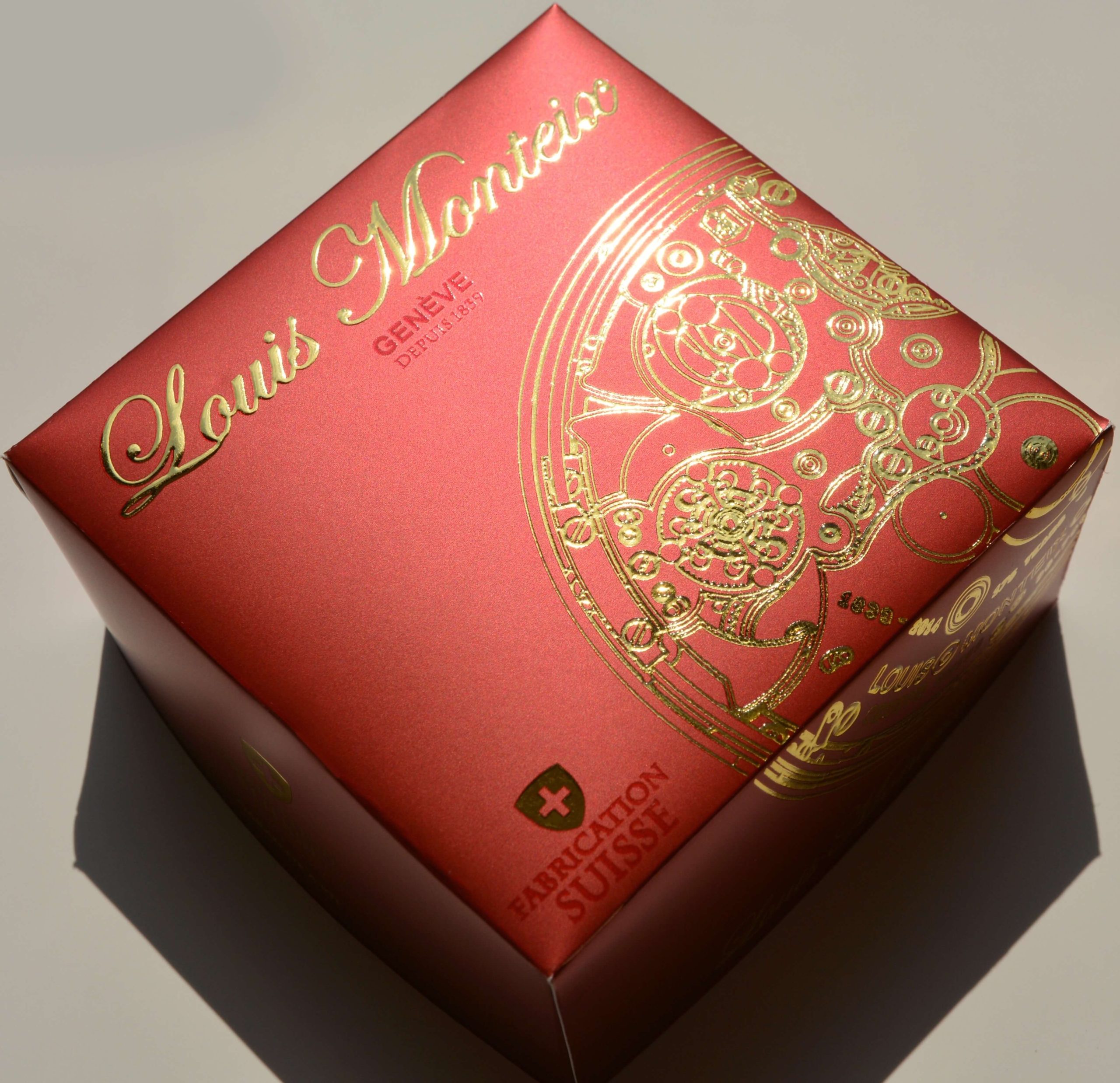As human beings who must learn to live, love, work and connect with each other in a modern technological society, we all seek a natural framework of reference to structure our thoughts and feelings. The physical, biological vehicle of our bodies (including our eyes, hands, skin and brains) provides the field of gravity that grounds the sensory perception that fuels our minds. This element of subjective material existence is paralleled by the awareness and influence of our environmental settings, such as homes, offices or stores.
Therefore, from a consumer marketing perspective, the rise of new digital “Haptic Printing” techniques is creating exciting and powerful methods of promoting brand messages and building customer relationships.
Contemporary Communication Models
The word “haptics” describes the stimulation of the senses, primarily by the perception of physical characteristics. In our increasingly data-driven world and electronic era, we are all confronted daily by the continual and constant communications displayed on computer screens and mobile phones. When we are in public settings, especially retail consumer environments, there are a growing number of visual message boards and monitors. This visual barrage of data can create a weariness of information fatigue.
However, the thoughts of minds and the feelings of hearts will always be most dramatically impacted by the “power of touch.” This is the reason why the physical aspect of “Haptic Printing” offers such an inspirational and hopeful future for consumer marketing professionals.

Greater Dimensionality Creates a Deeper Reality
Haptic Printing involves the elevation of traditional flat, two-dimensional ink and paper to a raised level of three-dimensional textures, patterns and sculptured special effects. These decorative embellishments, used to highlight and complement the color impressions of image and text on the substrate beneath, are often accompanied by additional eye-catching, sensory enhancements such as metallic foils, chemical coatings and lamination films.
For example, a key image focal point, such as a corporate logo, might be given a glossy sheen of light-reflecting varnish as visual emphasis. A large title text line might be fortified and embellished with rounded clear 3D lettering to stand out further via a strong foreground versus background contrast. Likewise, the pictorial graphics on the printed piece could be dramatically enhanced and enriched with a variety of subtle or dramatic accents that add depth and height to the original artwork.
All of these styles of haptic printing generate a stronger, deeper and more meaningful engagement with the printed piece because they increase the physical nature of the printed communication format.
The Value of Dimensional Design & Sensory Print
The impact of haptic physical print experiences are far greater than traditional flat 2D impressions where ink is simply bonded on to the same plane as the paper surface. This is because the human eye perceives the layers of special effects and it resonates deeper into the consciousness. A finger that runs over the embellishments generates more neurological activity than mere optical awareness. The skin that feels the dimensional textures encounters a sensation of awareness that transmits information to the brain and embeds itself as a richer experience and more memorable encounter than is possible with regular printed communications.
As a result, haptic prints get more attention and get held longer in the hand. This opens up new possibilities of successful impact for consumer marketing strategies and brand management tactics in a busy omni-channel world of integrated communications.

Creative Marketing & Better Brand Management
Haptic printing creates true physical touchpoints and “impact moments”. In contemporary marketing, every micro-second counts. Digital printed special effects create a more interactive brand experience. Most printed communications are simply read, not touched. Dimensional messaging changes that into memories that linger longer in the mind and fuel consumer decision-making processes by creating greater “perceived value” to products with a higher sense of quality – whether it’s a mail piece with the recipients name in bright gold foil, a retail sign or merchandising display with rich 3D colors emboldened with physical characteristics or a packaged piece decorated in luxurious, deluxe ornamentation.
Consumer Communications & The Consciousness of Content
Improved “perceived value” translates into more “perceived ownership” for consumer purchasing processes. This strengthens and accelerates the inclination to associate value with a particular brand and is the core print project goal of every consumer marketing campaign. Ultimately, a more significant and interactive print experience will be interpreted as an aspect of quality for the product and attribute of the brand itself.
Over time, this type of haptic printing can help secure true customer relationship management (CRM) benefits and produce far greater sales revenue over the lifecycle of the consumer and brand association than ordinary, average flat color printing. The greater optical and physical encounters of sensory special effects become magnets of attraction for buyers and brands.
Marketing “Consumer Quality” as a Brand Asset
Sensory-based dimensional printing creates a competitive differential in the marketplace. The higher value of the printed communication piece equates to the product to which it refers. Truly successful brands compete on value and, thus, can command premium pricing that offers higher profit margins. Commodity products compete on price and, therefore, can only survive on supply chain models of mass-market distribution and are always vulnerable to erosions of market share by disruptive forces.
Clocks and Credit Cards
In business, time is money and every brand marketing campaign is designed to attract and keep attention for as long as possible. The target audience of consumers and shoppers is, conversely, racing against the clock in a very busy world and inclined to try and make purchase decisions as quickly as possible. For many people, it sometimes seems that the pace of life just keeps getting faster and faster, with less time for more thoughtful and creative buying decisions.
However, this dynamic of time and money is precisely why Haptic Printing is such a compelling solution for consumer marketing professionals at brand and agencies. It creates a more engaging, optical, sensory and interactive print experience that encourages long-term product affinity. It also stimulates fresh, original impulse purchases in the store, a longer mail moment in the mind and even a sense of unboxing excitement for e-commerce packages when they arrive in the home.
In conclusion, new technologies of dimensional design and sensory communications are actively creating future possibilities of “feeling print” and not just viewing or reading it. This can greatly help energize consumer marketing messages and animate brand images via a greater perception of physical reality – with the power of touch in the hand and the sparkle of light in the eye.
Konica Minolta’s MGI JETvarnish 3D Series of Haptic Printing Presses
For more information about utilizing new innovative haptic technologies in consumer marketing campaigns, please visit the Konica Minolta Sensory Print microsite (https://kmbs.konicaminolta.us/kmbs/technology/production-print/industrial-printing/sensory). To assist and support creative new printed communications, Konica Minolta and MGI offer the JETvarnish 3D Series of sheet and roll-fed digital special effects presses ranging from the JETvarnish 3D Evolution, a B1-sized (29×47”) commercial printing and packaging enhancement platform, to the JETvarnish 3D Web narrow web label and flexible packaging enrichment press (17” width), and the all-purpose JETvarnish 3D S system (14×40”). All JETvarnish 3D presses feature 2D/3D UV dimensional textures and variable embossed foil capabilities as standalone finishing hubs for digital, offset, gravure and flexo materials.